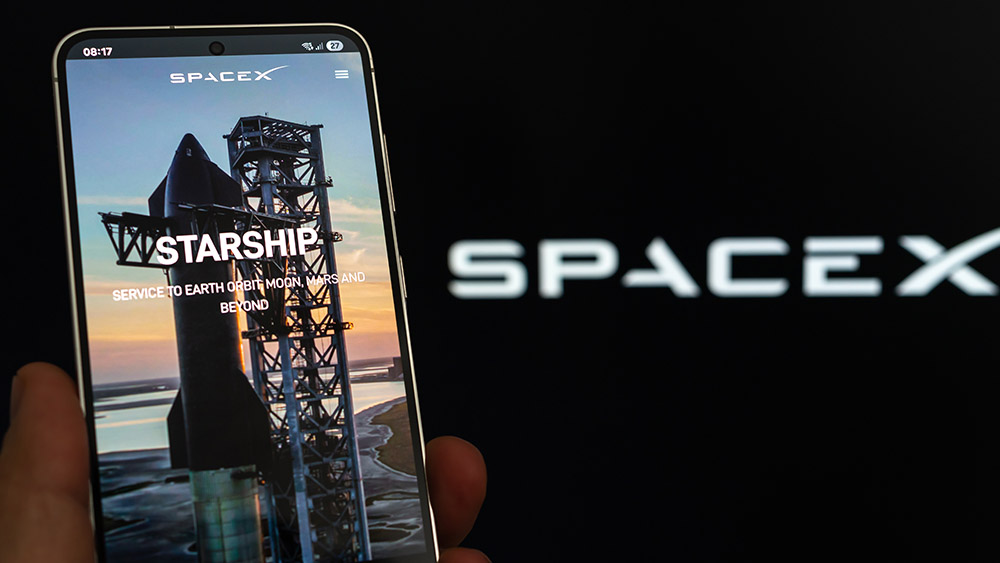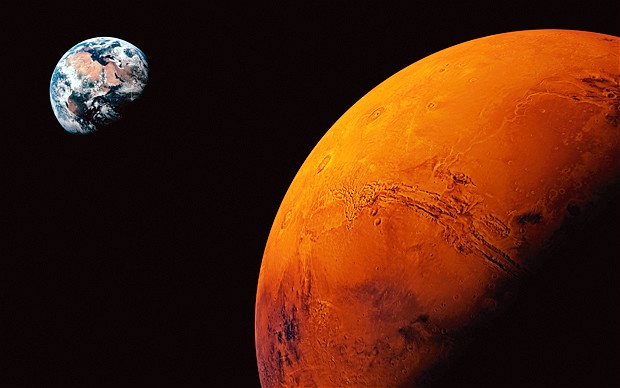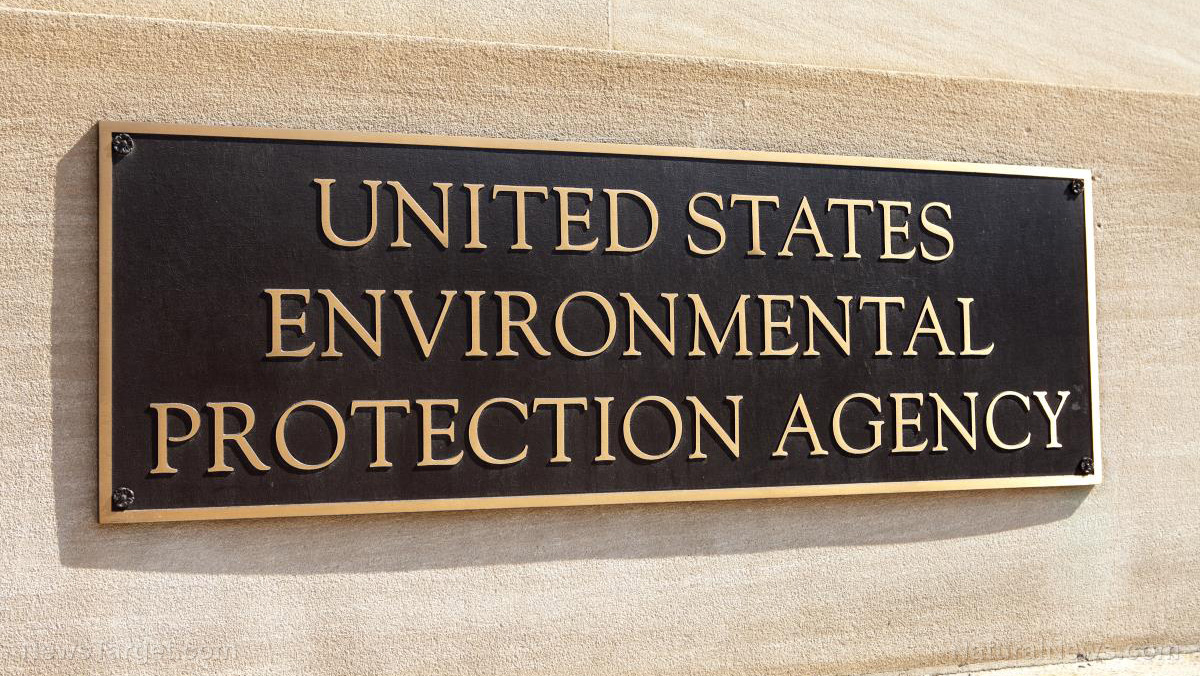
- SpaceX’s Starship completed nearly all mission objectives before exploding on ocean impact after a successful reentry test.
- The flight deployed mock Starlink satellites and tested a reusable heat shield, marking a major step forward despite the explosion.
- NASA’s Artemis moon mission depends on Starship’s success, but delays remain likely due to ongoing reliability concerns.
- The FAA approved 25 annual Starship launches despite environmental objections as SpaceX pushes aggressive testing.
- Elon Musk admits major engineering hurdles remain, especially with the reusable heat shield, before Starship can carry humans.
A rare win after repeated failures
At 7:30 p.m. EDT, Starship roared into the sky, its Super Heavy booster propelling it into space before separating cleanly three minutes later. About 30 minutes into the flight, the rocket’s "Pez"-like satellite dispenser released eight dummy Starlink satellites—a critical test for a vehicle meant to revolutionize SpaceX’s launch business. Then came the real challenge: reentry. Starship plunged back through Earth’s atmosphere at supersonic speeds, subjecting its new hexagonal heat shield tiles to extreme temperatures. Unlike traditional heat shields, which require extensive refurbishment after each use, SpaceX is betting on a reusable design that can withstand multiple missions with minimal repairs. The rocket touched down vertically in the ocean west of Australia, only to topple over and explode in a spectacular fireball. But here’s the kicker: that was the plan. SpaceX’s "test-to-failure" approach means they fully expected this outcome. And the fact that Starship made it this far is a major leap forward.Why this matters for NASA
NASA is betting big on Starship. The space agency has contracted SpaceX to use a modified version of the rocket as the lunar lander for its Artemis III mission, which aims to return astronauts to the moon by 2026 (though many expect delays). Acting NASA Administrator Sean Duffy took to X to celebrate the progress, writing: "Flight 10's success paves the way for the Starship Human Landing System that will bring American astronauts back to the Moon on Artemis III." But let’s be real: there’s still a long road ahead. Starship needs to prove it can safely land on the moon’s rugged surface, refuel in space, and carry human passengers without turning them into space debris. And with NASA’s timeline already tight, any more setbacks could push the moon landing further into the future. SpaceX’s rapid-fire testing approach has drawn both admiration and criticism. The Federal Aviation Administration (FAA) recently approved an increase in annual Starship launches from five to 25, despite objections from conservationists warning about risks to local wildlife. Meanwhile, SpaceX continues to push boundaries, often at the expense of explosive failures. Elon Musk himself has acknowledged the challenges, particularly with the heat shield. "There are thousands of engineering challenges that remain, for both the ship and the booster, but maybe the single biggest one is the reusable orbital heat shield," he said during a SpaceX live stream on Monday.What’s next for Starship?
For now, SpaceX is celebrating this as a win—and rightfully so. The successful satellite deployment and heat shield test are major milestones. But the real test will be whether Starship can transition from a high-stakes science experiment to a reliable workhorse for NASA and commercial spaceflight. If SpaceX can pull it off, we could be looking at a future where massive, reusable rockets make space travel as routine as air travel. If not? Well, we’ll keep watching the skies—and the explosions. Sources for this article include: TheEpochTimes.com Reuters.com News.Sky.comHarvard scientist warns interstellar object may be alien tech heading for Mars
By Cassie B. // Share
Authorities intercept more than 600,000 pounds of precursor chemicals for METH
By Ramon Tomey // Share
Trump says Israel has lost “total control” over Congress, warns of PR disaster in Gaza War
By Kevin Hughes // Share
Study: Amino acid glycine could revolutionize depression treatment
By Evangelyn Rodriguez // Share
Scientists are transforming pollen into eco-friendly materials
By Willow Tohi // Share
A viral video ignites federal firestorm over Minnesota fraud
By willowt // Share
Russia activates "unstoppable" Poseidon tsunami drone
By kevinhughes // Share
Russian FM Lavrov: Moscow will back China on Taiwan issue
By ramontomeydw // Share
The breakfast clock: Why timing your morning meal is a secret weapon against high cholesterol
By jacobthomas // Share
The Health Ranger's New Year Revolution: The ultimate guide to health, wealth and freedom
By kevinhughes // Share
"Absolute Healing" on BrightU: Experts explore COVID-19 as an engineered bioweapon
By jacobthomas // Share











